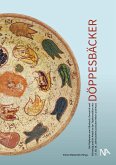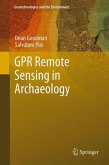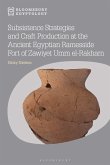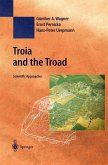This edited volume gathers papers which follow innovative approaches in obsidian studies in order to revive the debate on procurement strategies, knapping and use of this raw material, which remains in some sites the predominant source of exotica. The geo-chronological frame of the book is intentionally broad, covering a span from the 8th to the 1st mill. BC and a large area from the Central Mediterranean to the Caucasus, including original data on obsidian from sites and geological sources in Georgia, Armenia, Anatolia, Aegean and Italy. The aim of this volume is to compare, at a large scale, the strategies employed by the farmers to exploit obsidian in different socio-cultural and environmental settings and to identify the main parameters that conditioned the exploitation of this raw material. Moreover, the topic is investigated through multiple scales: from a large region to a single house level. This volume therefore brings new contributions, which are targeting the issues of obsidian provenance performed with XRF and Neutron Activation Analyses (NAA), and production and use through techno-typological and functional, use-wear analyses. Finally, subsistence strategies, socio-economic contexts and symbolism are largely discussed by addressing obsidian as a key element in chipped stone assemblages across a wide area, which once again proves to have had a significant role in understanding the onset of farming societies and their local and regional developments and transformations through time.
Bitte wählen Sie Ihr Anliegen aus.
Rechnungen
Retourenschein anfordern
Bestellstatus
Storno








